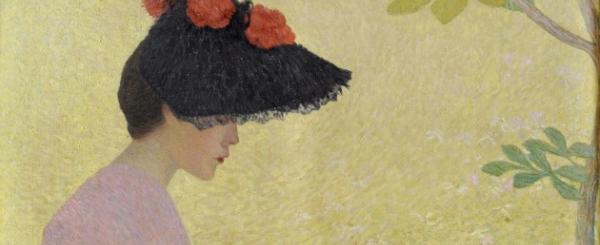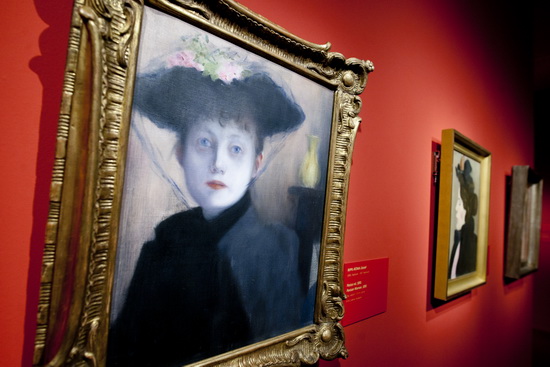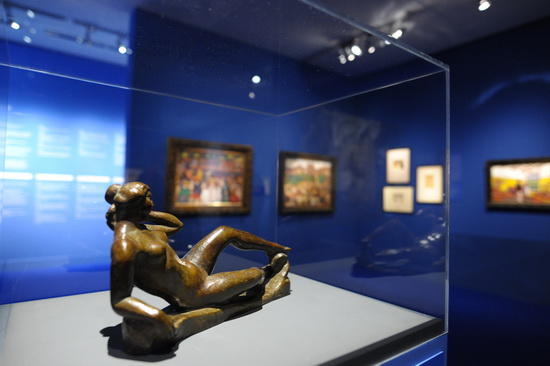17 December 2014 - 17 Mai 2015
Budapest, Hungarian National Gallery The New York Times

József Rippl-Rónai had at least as great an impact on modern Hungarian art as Aristide Maillol had on modern European sculpture. The friendship between these two influential artists, and the artistic documents of their relationship, are the focus of an exhibition opening at the Hungarian National Gallery in December 2014. Presenting close to two hundred works, this exhibition also features the art of painter friends who were members of the Nabis (Pierre Bonnard, Maurice Denis, James Pitcairn-Knowles, and Édouard Vuillard) and the Parisian environment, through works held by the Museum of Fine Arts and the Rippl-Rónai Museum. József Rippl-Rónai met Aristide Maillol in Paris around the year 1890. The two young artists formed a lifelong friendship, and supported each other in their artistic endeavours. The following ten years, and the friendship they shared, which helped them mature as artists, all played a decisive role in shaping both their careers. Maillol began as a painter, although he also designed carpets and carved wooden statues.

Rippl-Rónai, after leaving his first master, Mihály Munkácsy, moved among Parisian Symbolist circles. From 1894, he worked alongside the Nabis, to whom he introduced Maillol. Maillol gradually moved away from painting, also eventually giving up carpet design in favour of a career as a sculptor. One of the peaks of their friendship was the three-month period Rippl-Rónai spent at the end of 1899 as Maillol's guest in Banyuls-sur-Mer in the Pyrenees. Rippl-Rónai left Paris around 1900, settling for good in 1902 in the southern Hungarian city of Kaposvár. The same year saw Maillol's first collective exhibition in Ambroise Vollard's Parisian gallery, where he debuted successfully as a sculptor. Rippl-Rónai and Maillol both found recognition as artists after 1902: Rippl-Rónai became a celebrated painter in Hungary, while Maillol grew into one of France's most important sculptors of the age. They only met face to face on one further occasion, when Rippl-Rónai travelled to France in 1914. Yet they remained friends, maintaining a cordial correspondence until the death of the Hungarian painter in 1927.

When Rippl-Rónai was interned in France in 1914, Maillol and his friends - Maurice Denis and Pierre Bonnard - intervened to have him released and allowed to return home. This exhibition commemorates the friendship of these two extraordinary artists, and attempts to highlight the influence they exerted on each other. The exhibition includes one of Rippl-Rónai's masterpieces, his portrait of Maillol from 1899. This painting, kindly loaned to us by the Musée d'Orsay in Paris, was last seen by the Budapest public almost eighty years ago, in 1936. We are also grateful to the support of the Fondation Dina Vierny-Musée Maillol of Paris for the opportunity to display paintings, sketches, carpets and small sculptures by Aristide Maillol - a total of almost forty works. Prints and drawings by Maillol and other members of the Nabis, loaned by the Museum of Fine Arts Budapest, will also be on show at the exhibition.
Source: Hungarian National Gallery
